A look back at the victory stats for the year with a deeper dive the data and a look at how each team fared.
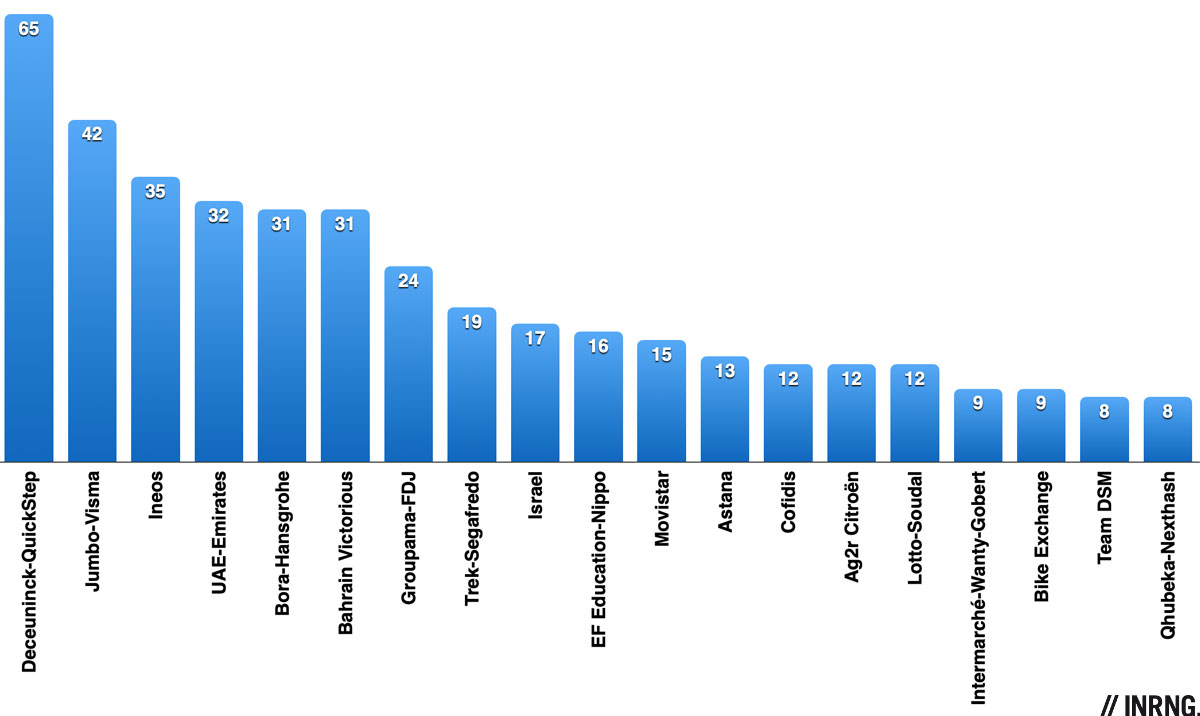
Deceuninck-Quickstep top the table again, as they have done for ten years now. In 2011 they tied with Team Sky and since then have won the most races each season, often by a large margin over the other teams too. Here’s their record over the past ten years:
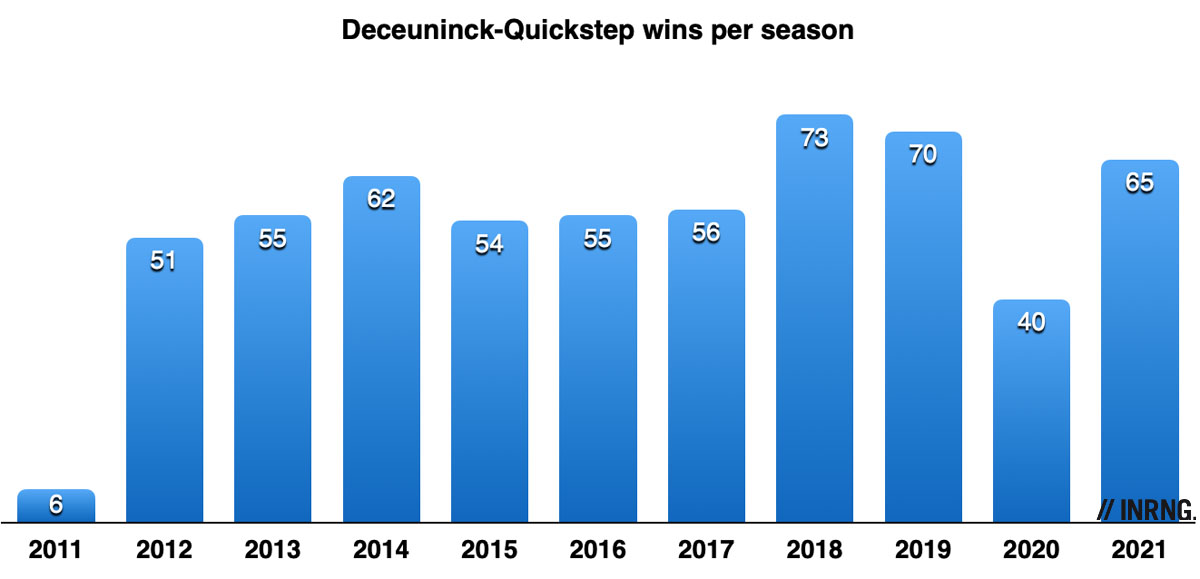
Rating teams by the number of wins is just one metric, but it’s the one this team seem to opt for more than other squads, they’ll take any win anywhere. It’s precisely because they don’t go for the overall win in grand tours that they can bring sprinters, stage-hunters and more to the party. Mark Cavendish was their most prolific winner and 18 riders on the team won.
Jumbo-Visma are second and thanks to wins by Primož Roglič and Wout van Aert. House sprinter Dylan Groenewegen continues his comeback, if he can return to past form his biggest challenge will just be making the team for big races, a dilemma facing other riders on the up too, think Jonas Vinegaard and the team will want to find room for Tom Dumoulin’s goals too. Olav Kooij turned pro this year and is already a top sprint talent.
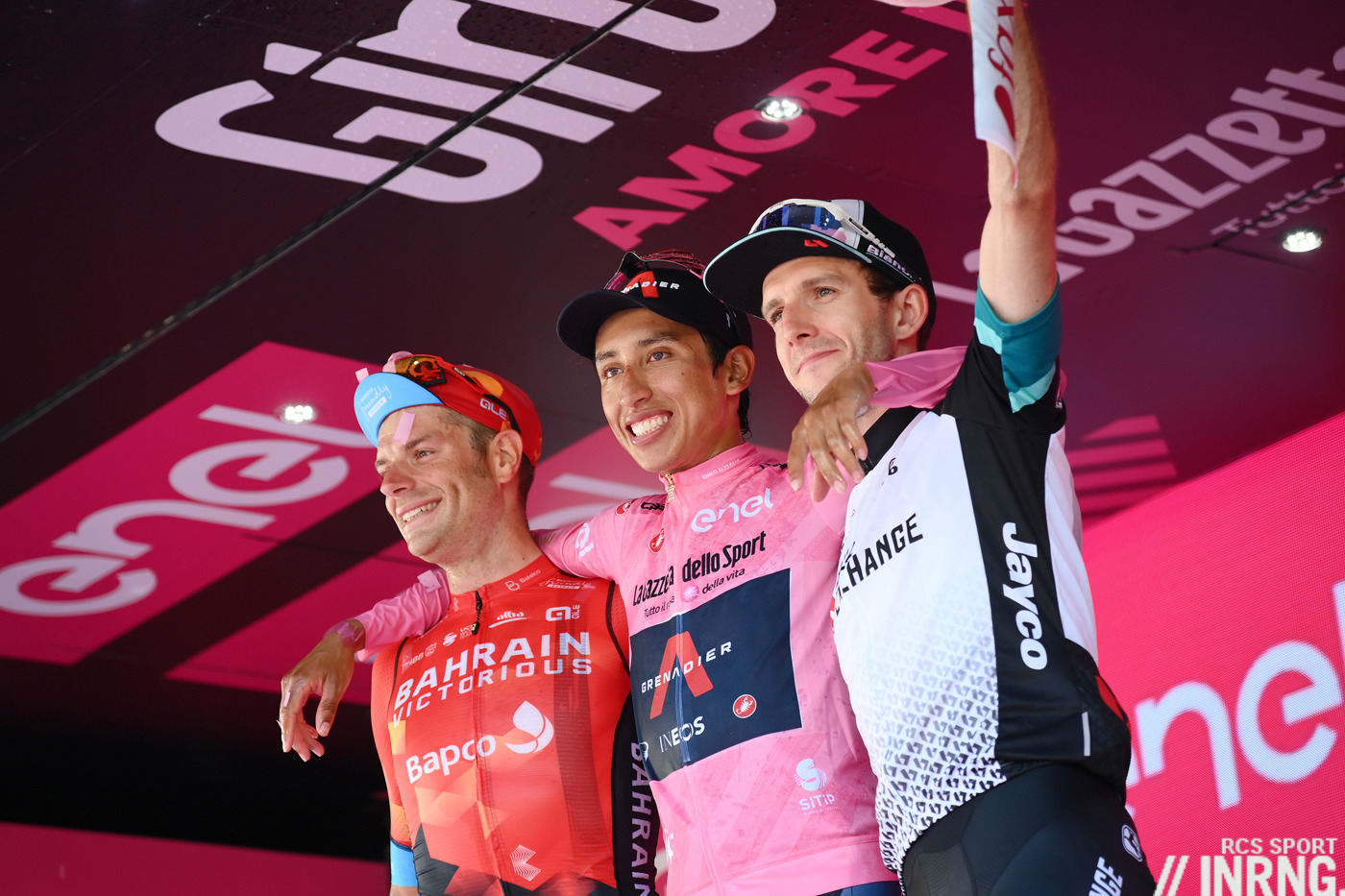
Ineos are third and the stage-race specialists. Exclude national championships and they only won three one-day races this year, all the other successes come from stage races. Bernal’s Giro win is an obvious highlight for them but they also took big titles like Catalunya, Romandie and the Tour de Suisse and each time with different riders (Yates, Thomas, Carapaz). Still the likes of Tom Pidcock and Ethan Hayter look promising for the classics and more but the big question still how to win the Tour, particularly beating Tadej Pogačar. Put simply Ineos is the strongest team with the biggest budget but they lack the best rider. For the sport as a whole that’s probably no bad thing.
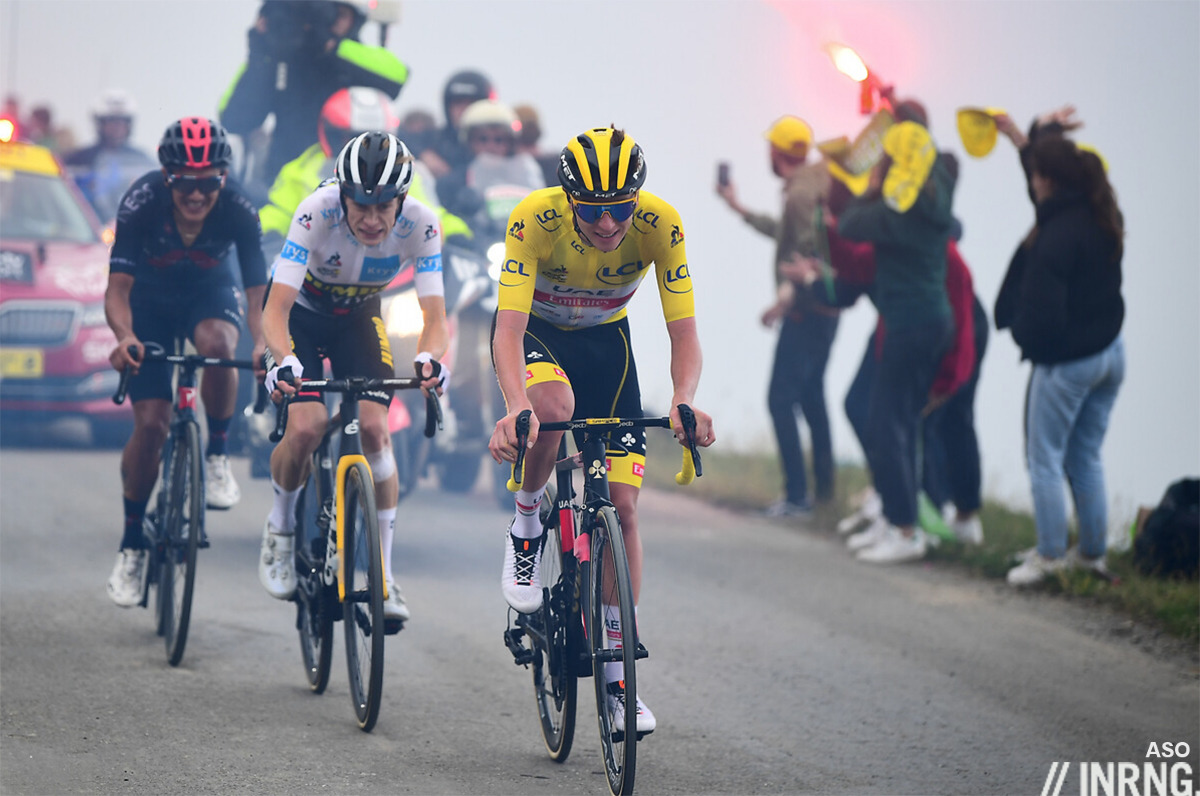
UAE Emirates are fourth and it’s a half surprise. They’re a big budget team now and high profile but haven’t had a deep roster and Pogačar’s taken 40% of their wins. Recruitment this year looks to address some of this, arguably more than to support Pogačar with Pascal Ackermann likely to score but can he, would he make their Tour team? João Almeida is a bigger signing, he can cover stage races when Pogačar is resting and the two of them – arguably the best U23 riders in the amateur ranks before they turned pro – could work well together too.
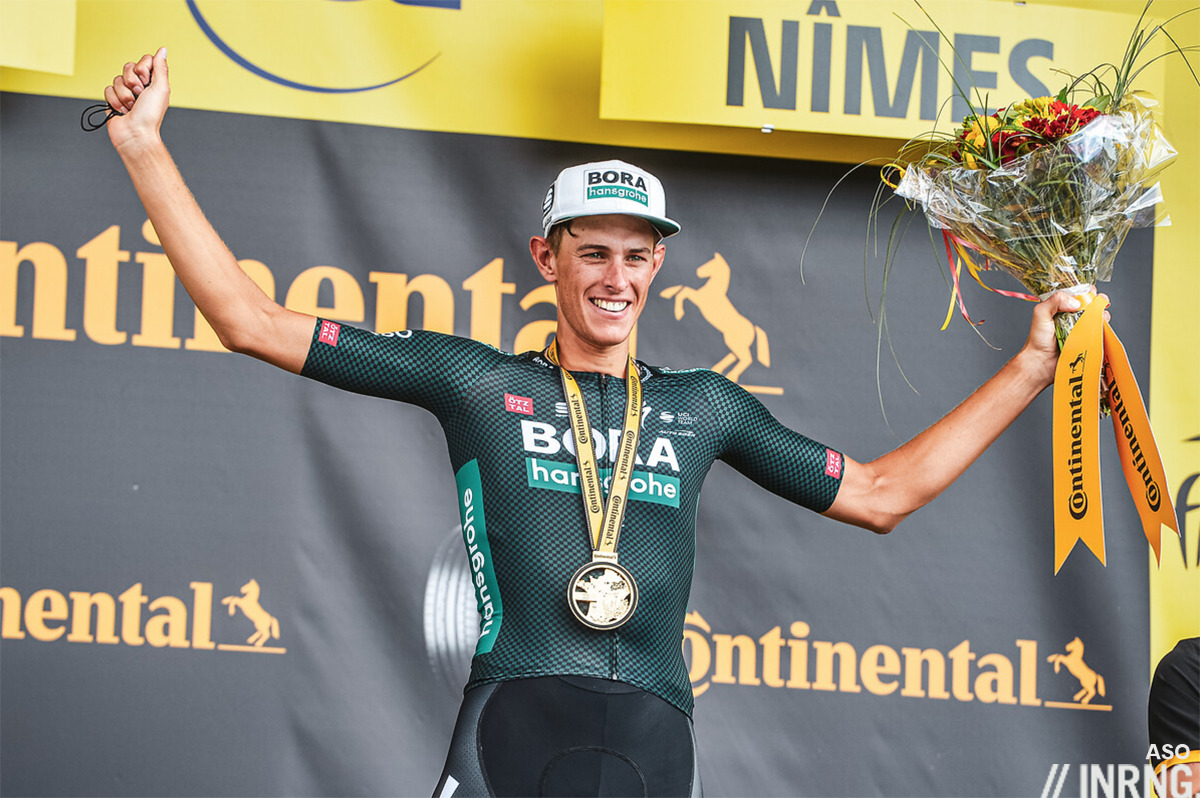
Bora-Hansgrohe finish high but they probably hoped for more. Peter Sagan and Pascal Ackermann arguably didn’t have the season either wanted either, still both delivered and both are leaving the squad. It’ll be interesting to see where they finish next year as the squad looks to be turning more towards stage racing and the mountains with Jai Hindley and Sergio Higuita but they’ll count on Sam Bennett to score, and it’ll be a test of the “rider leaves Quickstep and doesn’t do as well” hypothesis. But Max Schachmann defied this idea, although he had a quieter 2021.
Bahrain were often victorious this year with Sonny Colbrelli a contender for revelation of the season. Collectively though the team still looks like a work-in-progress, a squad in search of a purpose and this is in part to the frequently changing management. Mikel Landa’s a grand tour contender of sorts, with Jack Haig a rising prospect now. The likes of Gino Mäder and Matej Mohorič can win grand tour stages. And in case you’re wondering, there’s no news on the police raid during the Tour de France.
Groupama-FDJ are next which is a surprise. They won plenty but just twice in World Tour races with Gaudu in the Basque Country and Küng in the Tour de Suisse which is why the wins might not be so memorable. They have three dedicated leaders in Thibaut Pinot, David Gaudu and Arnaud Démare but have some solid support, with new signing Michael Storer one to watch, his Vuelta wins were no fluke so we’ll see if he can repeat in a new environment.
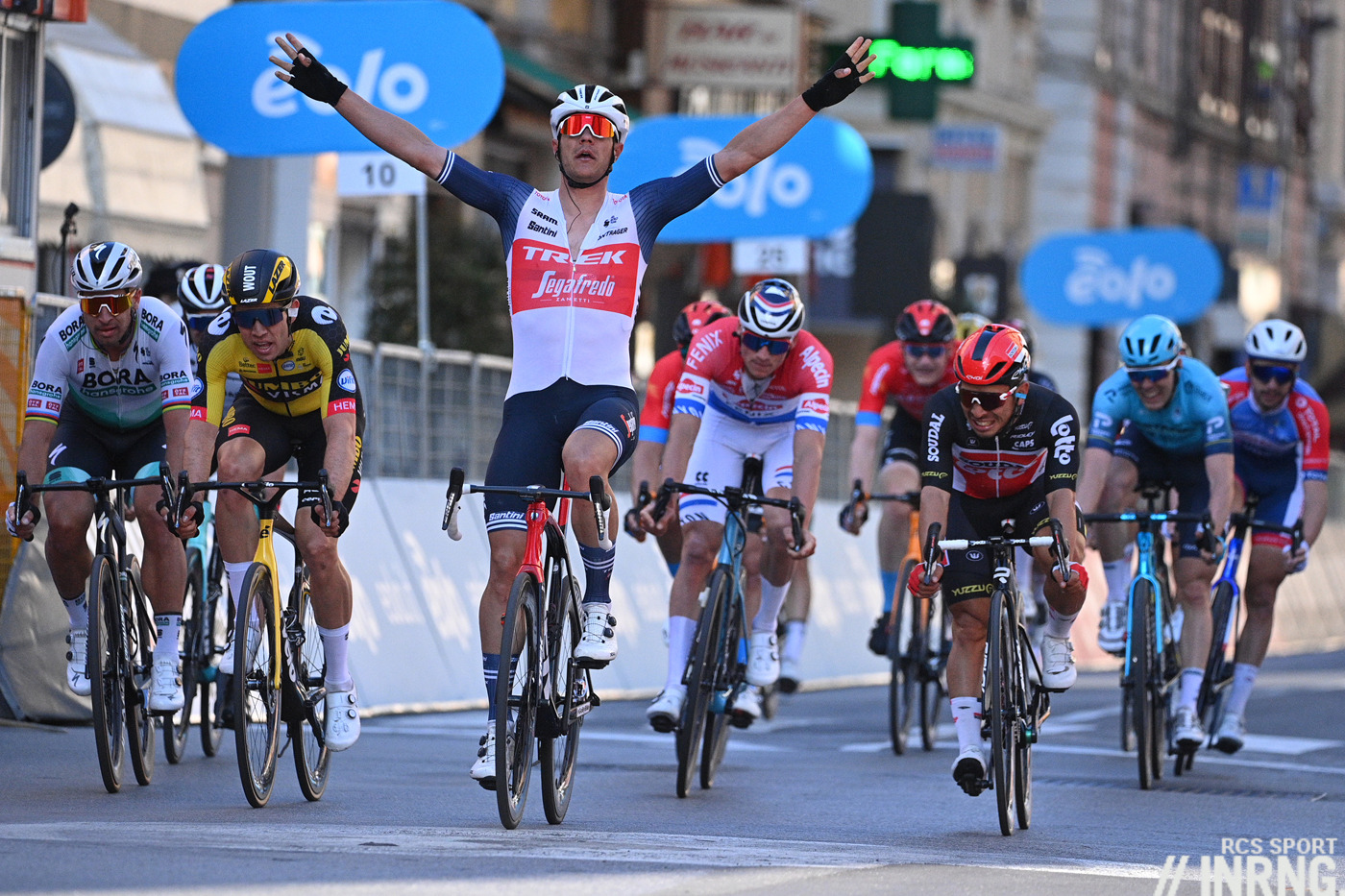
It’s been a solid season for Trek-Segafredo. Jasper Stuyven took a prestigious Monument, and in Sanremo to the satisfaction of Italian co-sponsor Segafredo. Bauke Mollema took a Tour de France stage with a trademark solo attack and Vincenzo Nibali offered a parting gift with a win in Sicily. Antonio Tiberi continues his quiet progress. 19 wins is the haul from the men’s team and the squad is a model of integration with a strong women’s team that stands alongside.
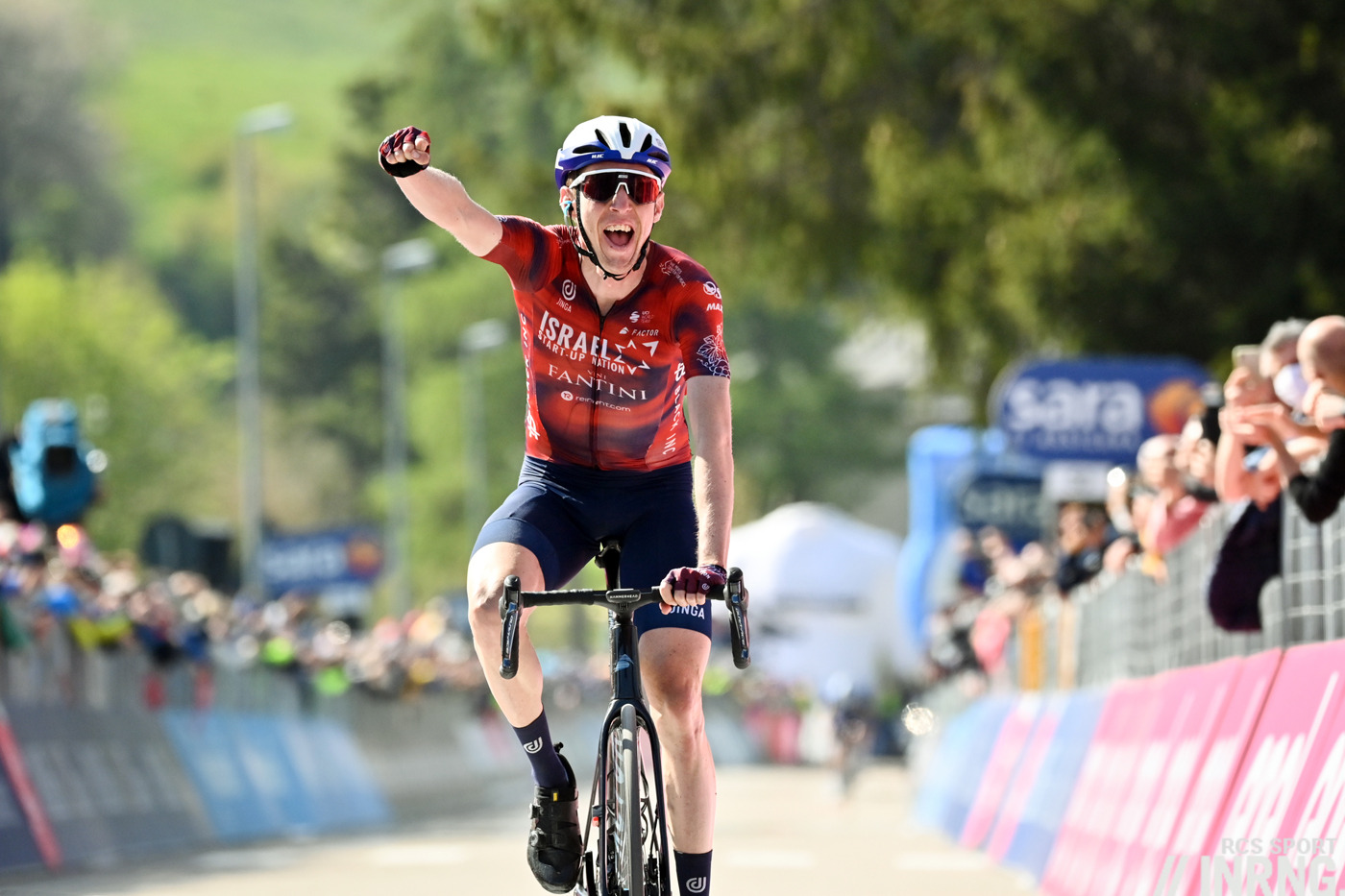
The Israel Start Up Nation team is the pet project of Sylvan Adams and so has several vocations, one to promote Israel, another to bring on Israeli riders and perhaps Itamar Einhorn’s stage win in the Tour of Slovakia was a big deal than the result by itself? Dan Martin was the fittest of the Fittanze in the Giro (pictured) and retires on a high, this was one of three World Tour level wins for the team. Chris Froome remains their high profile rider but nowhere near yet to a victory but obviously scores on other metrics, a big name to bring interest in the team. The team had a lot of near misses, only DSM scored proportionally more second and third places than wins.
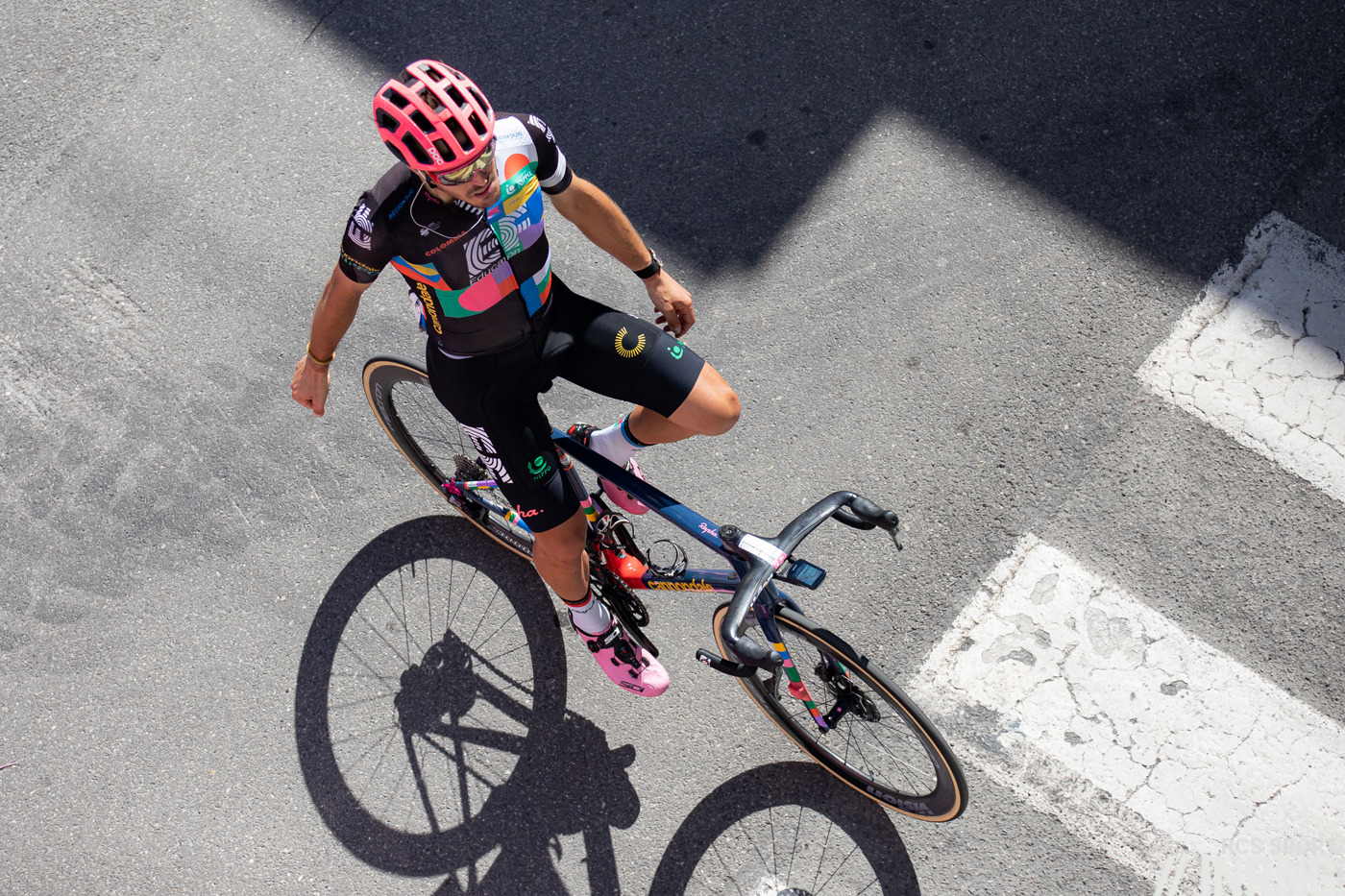
EF Education-Nippo by contrast had the best win rate from podium places, 44% of the time a top-3 position was a victory. Quality too with many World Tour wins but nothing in the Tour de France, not easy given only a few teams took wins of course. The team’s been busy recruiting and hunting for unloved talent, James Shaw returns to the World Tour and they’re reported to have signed Mark Padun.
Well Movistar did better than last year where the had only two wins. The team’s gone from a major presence in grand tours to a more eclectic mix. Miguel Angel Lopez delivered the marquee win they needed in the Vuelta and Enric Mas showed what he can do but can this include winning anew? Lopez is of course leaving and Ivan Sosa is an interesting signing, he made a name for himself as a 20 year old beating Lopez before signing with Ineos.
Astana are still around. Backroom battles over control for the team were arguably the biggest story for the team as co-sponsor and part-owner Premier Tech walked out. Alexey Lutsenko is the central rider, the cornerstone for the squad but still an unknown quantity, 7th in the Tour de France but with only one top-10 along the way. But they’re reforming the band of old with Vincenzo Nibali returning; and the pantomime villain team recruits Gianni Moscon too. The team should have more breadth so they can cover the classics and Giro with Lutsenko free for the Tour and other goals.
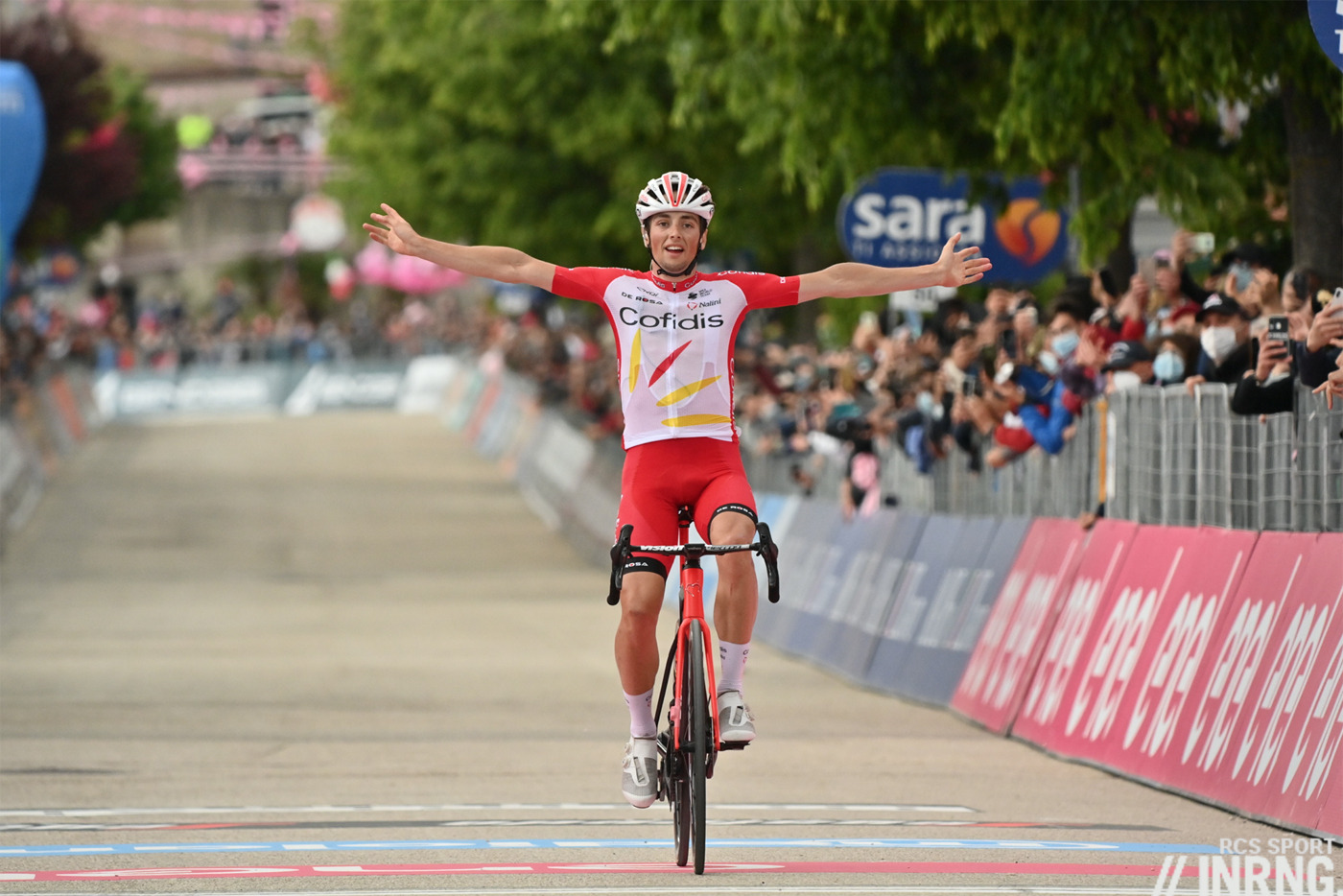
When doing race previews here sometimes there’s a suitable Cofidis rider for the day but invariably the “Cofidis discount” is applied, their chance reduced because the team just doesn’t win often. Elia Viviani is the example, a prolific sprinter, he landed five wins with Cofidis in two years. You could put this sort of thing in a meme but it’s more complicated, Viviani had injuries, the Olympics were always a big goal and their postponement meant two seasons with eyes on the track and once Tokyo was done he picked up. Still the only World Tour win was Victor Lafay in the Giro and oddly that day as soon as the break went he was a rider to watch. Christophe Laporte’s a big loss and it’ll be interesting to see if Bryan Coquard can win again while new signing Benjamin Thomas is one to watch.
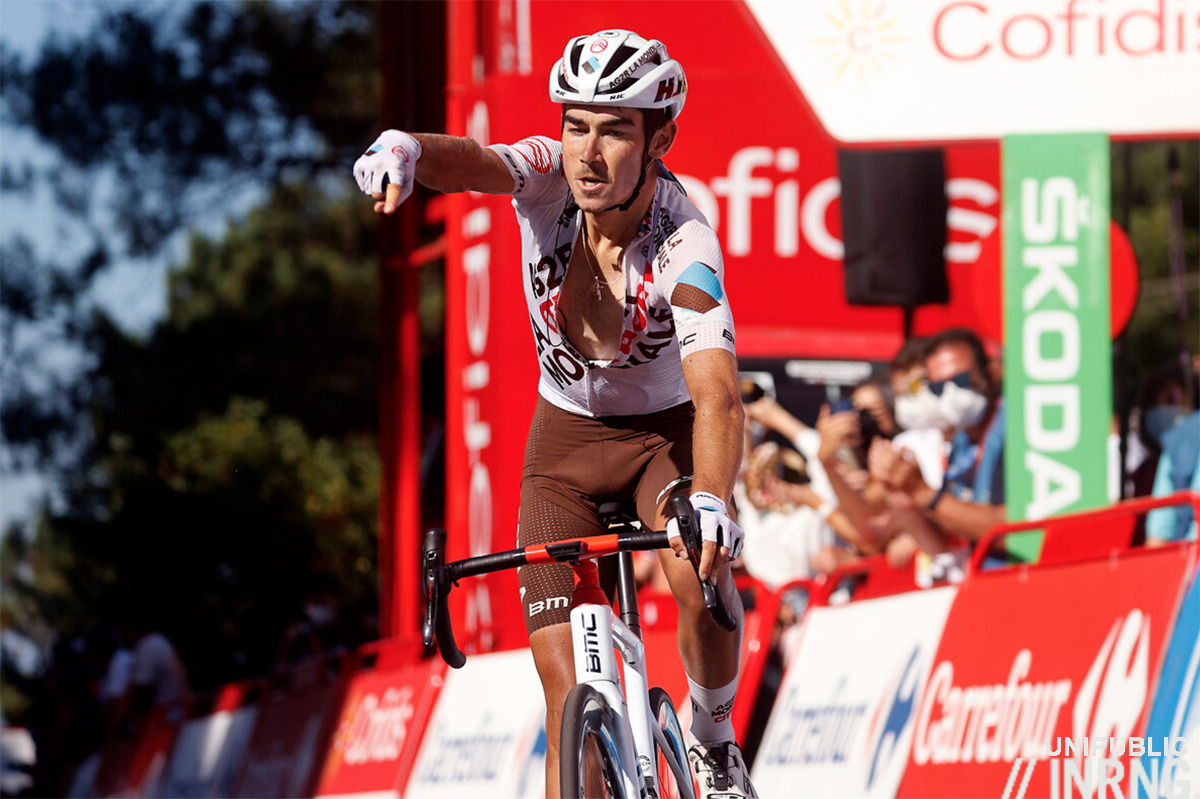
Ag2r Citroën have changed a lot with new riders coming in but for all the arrival of classics riders, their best signing has to be climber Ben O’Connor and his stage win in the Tour de France and eventual fourth place overall. Andrea Vendrame got a Giro stage win, Clément Champoussin a Vuelta stage win too, a season of quality with Benoît Cosnefroy taking the Bretagne Classic too. It’s not a race win but Dorion Godon won the season-long Coupe de France title too. The tricky part will be repeating this success all over again.
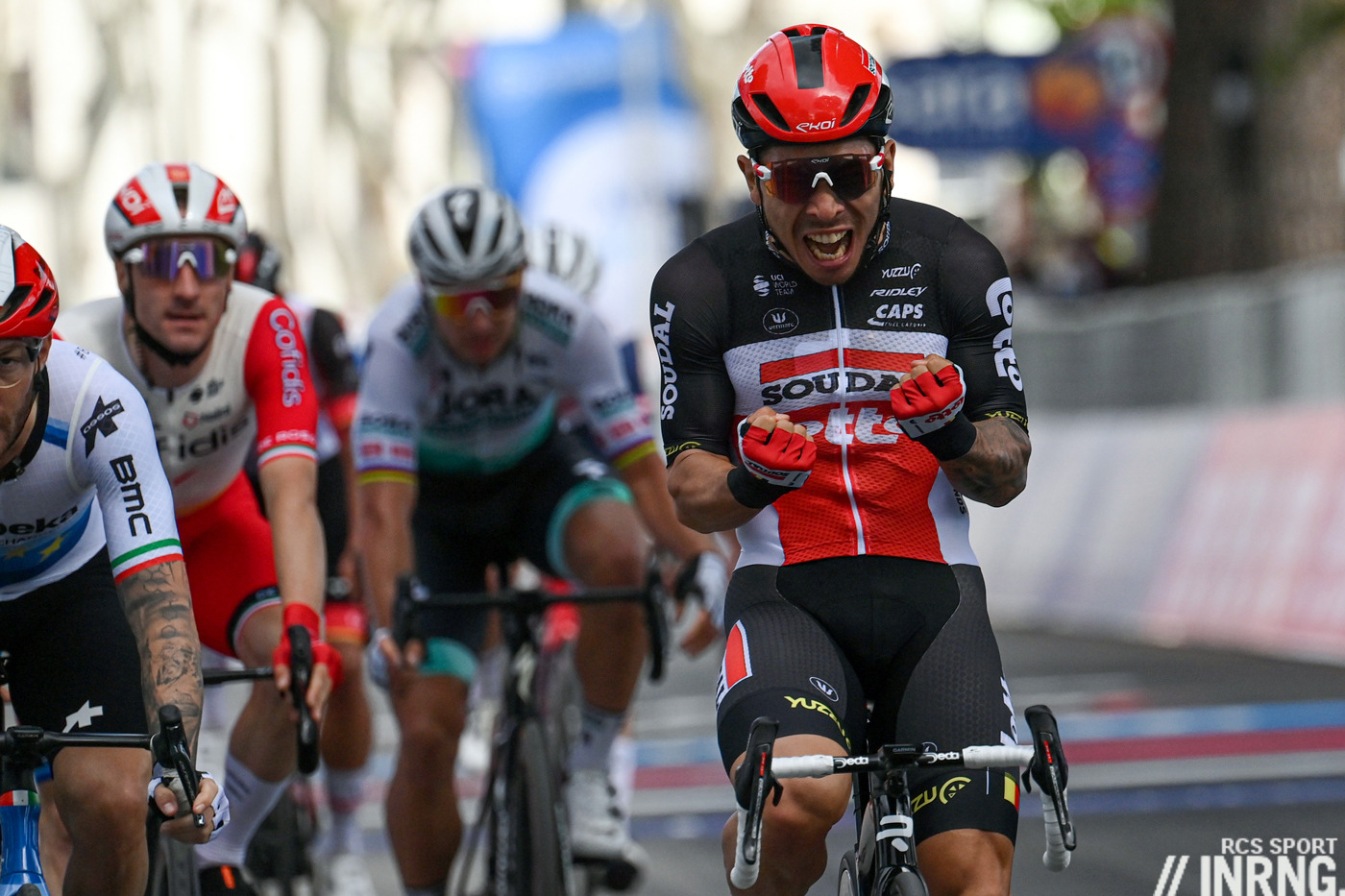
In cycling managers rarely get sacked for poor performance because team managers are often the team owners too. Chez Lotto-Soudal though there’s been a staffroom clearout with some directeurs being shown the door. It looks harsh, you could have Machiavelli, Spinoza or Cyrille Guimard in the team car but it wouldn’t make up for a moderate budget. They’re heavily reliant on Caleb Ewan to the point where they probably need to support him even more to assure more wins. The season could have worked out very differently for them had Ewan not decked it in Pontivy early in the Tour?
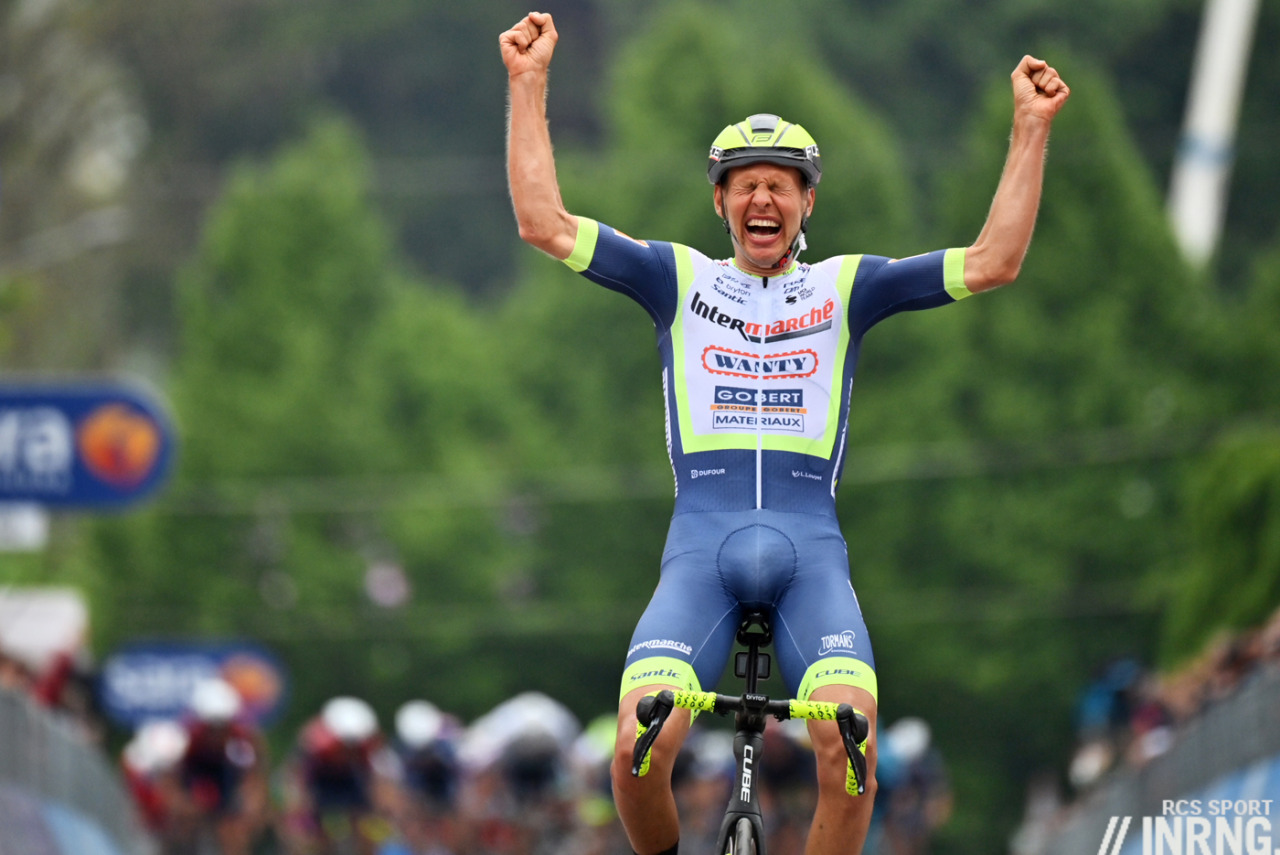
At the start of the season Intermarché-Wanty-Gobert really didn’t look like a World Tour squad. But a small detail: they hired Aike Visbeek, previously a coach at Sunweb/DSM and well-regarded. With Giro and Vuelta stage wins they’ve beaten expectations.
Bike Exchange have had a tough time. Michael Matthews “homecoming” didn’t bring a win but he came very close, notably on the opening day of the Tour de France with second place to Julian Alaphilippe. There’s probably a maglia rosa waiting for him in Visegrad. Simon Yates had a great Tour of the Alps but came up against Egan Bernal in the Giro. The glass half-full version is the team are lucky to be on the road after last year’s messy Manuela muddle; the glass half-empty story is they’d just have hoped for more but have riders who are good but often bettered in the specialities by others elsewhere.
Team DSM is all about the process rather than winning which is fine when the victories happen as a result but when they’re not the mood must take a hit, Cees Bol’s Paris-Nice stage win was a rare victory until Michael Storer got to work at the Tour de l’Ain and Vuelta, where Romain Bardet got a big win too and banked a grand tour to set him up for 2022. Their busiest member of staff must be the employment lawyer on retainer as the squad keeps losing riders. This can fund the squad in part as they effectively harvest transfer fees but it’d only work if they can unload superstar riders for big prices.
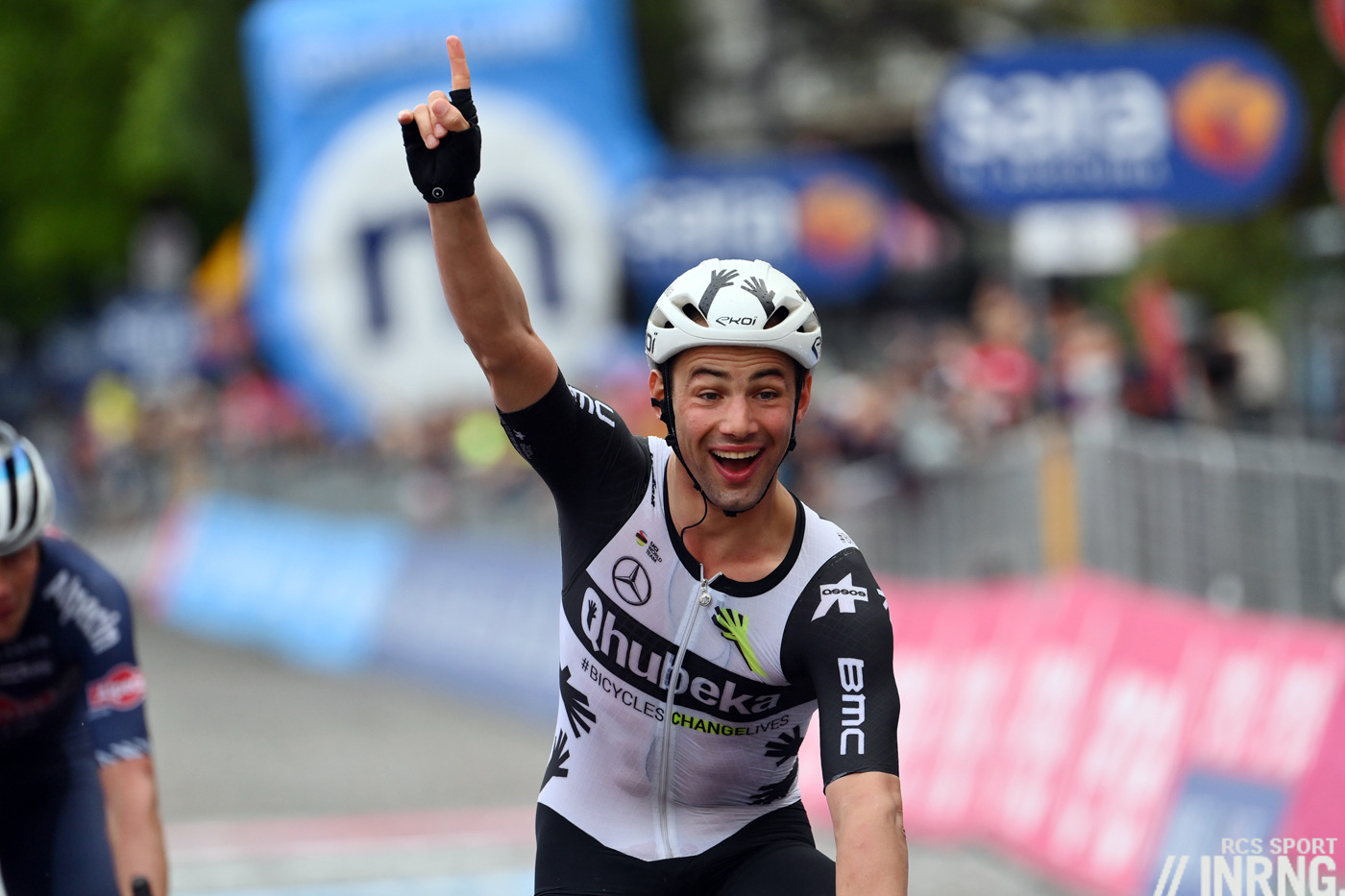
Qhubeka-Nexthash are in last place and this hasn’t helped their search for new sponsorship. Assos got bumped by Nexthash on the eve of the Tour de France, even if the team said the latter was just the official cryptocurrency partner but apparently the bump bruised. Still they had a great Giro with three stage wins and showed canny recruitment can work, the likes of Campenaerts, Nizzolo or Schmid wouldn’t be at the top of any draft list but all delivered.
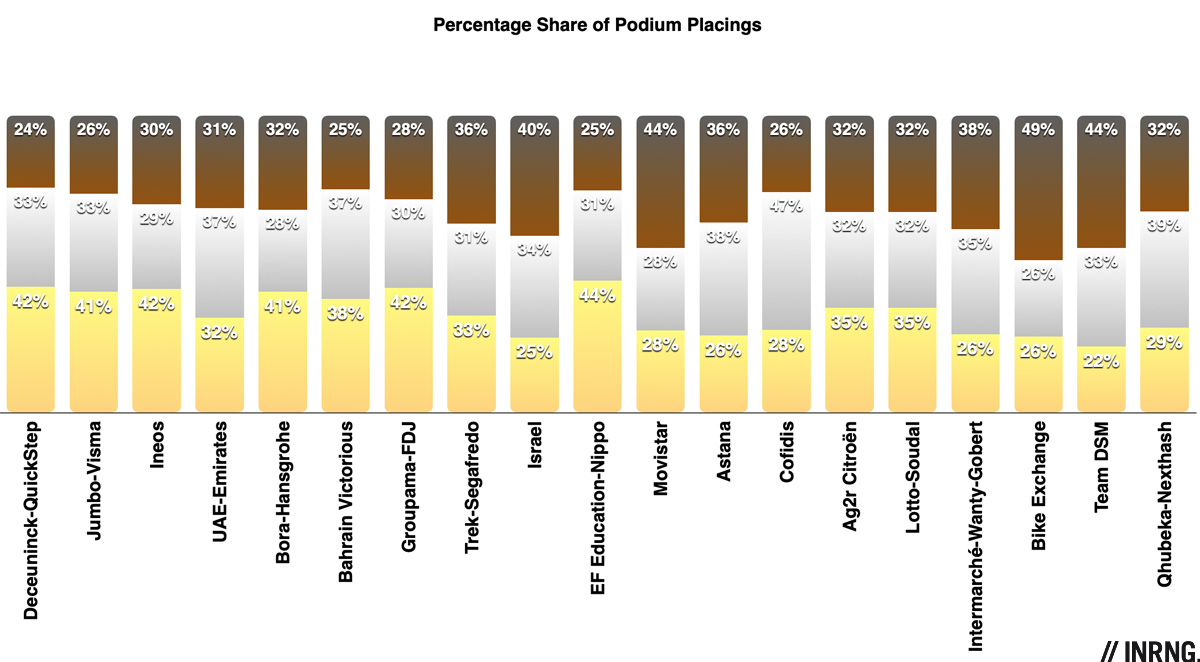
The chart above shows the mix of podium places. It’s more instructive for teams with lots of wins and results on the whole and shows which squads have managed the alchemy of turning potential bronze and silver places into gold.
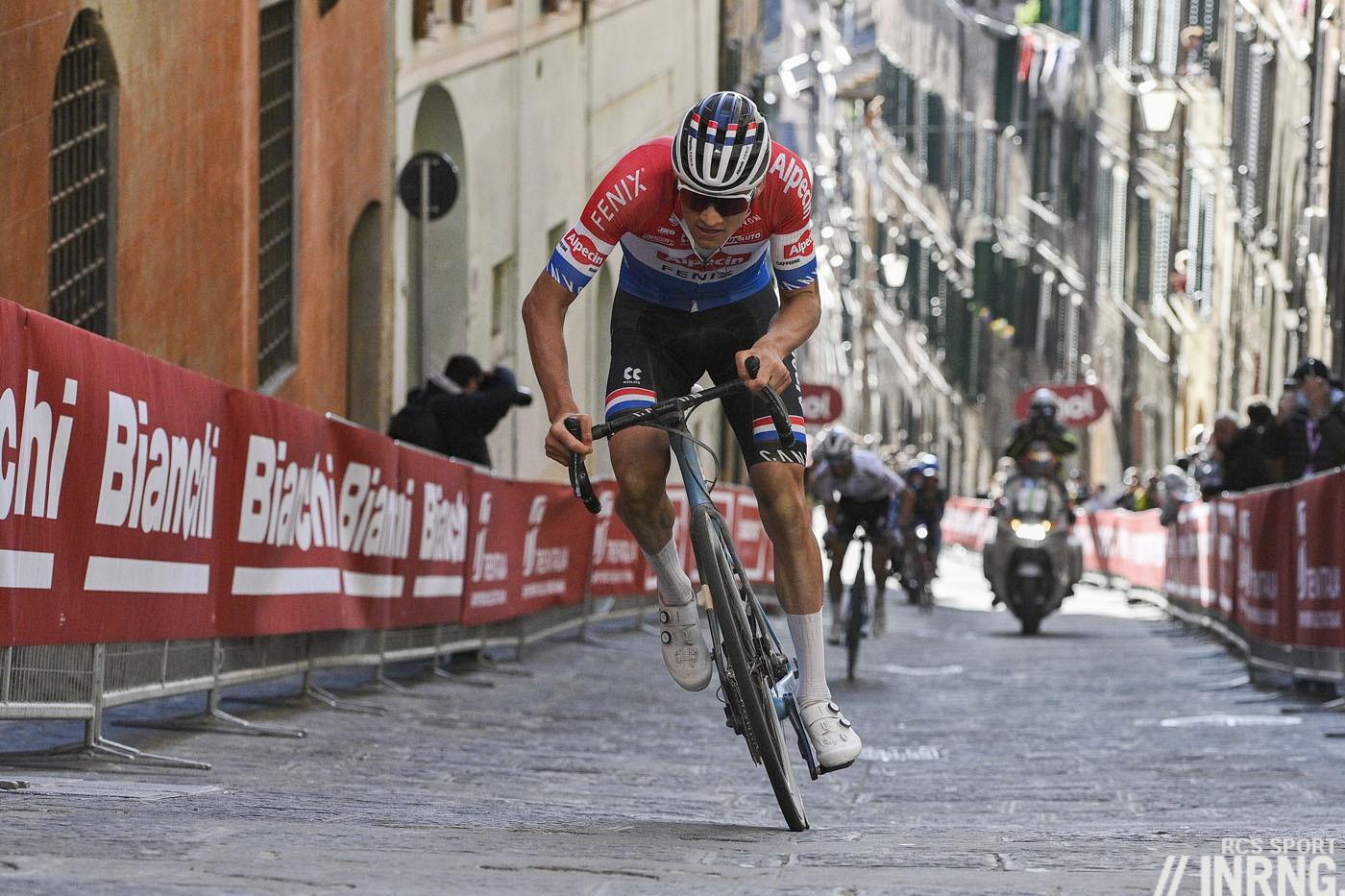
That’s it for the World Tour teams. Missing is Alpecin-Fenix with 33 wins which would put them fourth in the rankings at the top if they were a WorldTeam. They’re not but get all the benefits without the costs. With Mathieu van der Poel they a superstar who can win big, including at the Tour de France but the rest of the squad’s successes tend to come massively from sprint finishes.

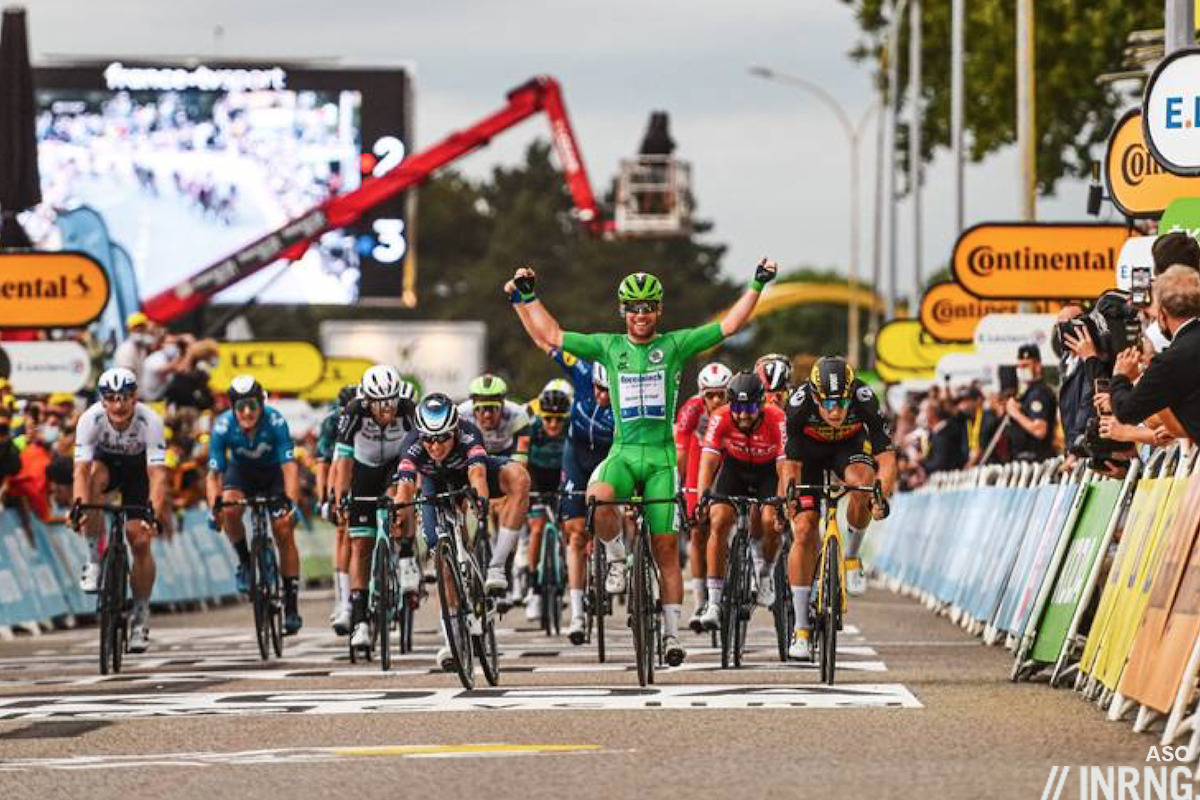
Small correction – UAE are “fourth”? Thanks for this post, as always!
Got it, thanks. Will delete these comments for the sake of comment conversation later.
another: final sentence lacks a verb after “they”
That’s crazy that 18 riders won for Deceunick regardless of their overall strategy.
Not having followed cycling for very long, I wonder why the win total was so low in 2011.
Absolutely shrewd what Alpecin – Fenix have managed. Lots of wins even without MvP.
It’s kind of like reading about McDonalds having more value in real estate than their fast food franchise, or WalMart building on cheaper land and bringing customers to them….
They found a path, and exploited it with surgical precision.
You could wonder why they signed Philipsen, a sprinter who is at his best on hillier, harder days when they already had MvdP… but that’s the point, he was signed to score on days when MvdP isn’t racing.
They’re a real team of flat terrain specialists, although they have some climbers, almost all their wins come in sprints. Their other main sprinter Merlier hasn’t got over the Alps in a stage race yet, but he’s won before so could leave feeling satisfied anyway.
Not being in the world tour does not save them that much money but they are using sort of wisely. They must have a reasonable budget but even so the only reason it works is because they have 1 rider who attracts more sponsor dollars plus race entries. Especially the sponsorship. Most big sponsors would not touch a team that is not guaranteed entry into the TDF and a majority of the big races.
Virtually no other rider in the peleton would give them this. So its a good model but it can’t easily be replicated becasue you need a rider as exciting as mvdp to do it.
“Not being in the world tour does not save them that much money ” is an interesting claim.
IHMO it saves them plenty with being able to choose the events they want to compete in rather than being forced to show up at races they may not care anything about, unlike the WT teams.
Less equipment, fewer riders(?), less travel expense but still being able to get into the races they want sounds like saving a lot of money to me. A lot like the pre-WT days perhaps?
I rather get the feeling that the composition of the Alpecin-Fenix squad is to maximise the look and marketing ability of the Canyon Aeroad model.
Which is odd on one level (tail wagging dog) but makes perfect sense on another, the team and one of the prime sponsors each benefit.
Of course much of this is down to MvdP but it’s still an interesting way of operating.
An interesting comment, but it’s not at all obvious to me how the tail wags the dog or how the bike sponsor has affected the team’s rider choices (or, for that matter, dictated the races the team has chosen to ride in or not to.
Okay, Canyon follows with van der Poel much in the same mannes as Specialized follows with Sagan, but to me a Canyon Aeroad in Alpecin-Fenix colours isn’t any different from an Aeroad in Movistar colours. Probably a bigger percentage of the total load of money brought in by sponsors, but more than that…?
Please elaborate!
Volta a Catalunya
Tour of the Basque Country
Tour de Romandie
Clásica de San Sebastián
Bretagne Classic Ouest–France
32 riders.
At a glance it looks like they did ten 2.Pro stage races. It does seem that they never found themselves in a position with three races going on simultaneously, but I’d hazarda a guess that they were running teams in two races as routinely as any WorldTour team.
I’m not saying they couldn’t have saved plenty of money, all I’m saying is that it would be quite interesting to know how much or what percentage of the overall cost of running a pro team.
No more than a ‘feeling’ I guess, EA.
MvdP and the Canyon Aeroad seem like a perfect fit, both practically and marketing-wise.
The team’s roster hasn’t diverted in any way from this fit, as Inr Rng points out, and so it does come across very much as a team and bike model with a definite tale to tell.
Movistar, on the other hand, talk to me of the Canyon Ultimate.
Don’t you hear those marketing voices in your head? 😃
Alpecin – Fenix according to cycling stats have 26 riders so if they don’t get any more riders before next season they will be 1 short i think.
As to the world tour fees. There is a blog called “the inner ring” and the author has gone over many times how the world tour fees are not that significant in the overall budget.
Most of the races are in europe and for those not in europe who covers the transport. I was under the impression for the tour down under the organisers pay for it.
For most sponsors the certainty of being in the big races is more than worth the extra money required so it pays for itself.
Hard not to disagree 😉
Alpecin-Fenix might have some more signing announcements to come though, expect at least another sprinter.
And that’s not counting the many wins off road in XC, and Cyclocross.
They also have riders who don’t ride on the road at all……
Interesting that GreenEdge hasn’t had a real external sponsor since Orica, and it’s understandable that Gerry Ryan is reluctant to spend vast sums year after year. All the same putting all his eggs into just two baskets (Mathews and Yates) leaves the team very thin if one should be ill, injured or off form, while support for another Yates GT bid appears lacking too. Maybe Hamilton or Schultz will prove me wrong while, as yet, sprinter Groves is not listed for 2022.
“..while support for another Yates GT bid appears lacking too.”
I guess someone forgot to tell Brent Copeland? I read a piece where he described a dream for 2022. He said something like: “Win the Giro with Simon and put on a show. It would be nice if he finally won the Giro.” then went on about how 2022’s Corsa Rosa is perfect for his characteristics while LeTour 2022’s route would see Yates chasing stage wins instead of GC if he races there.
I’d be pleased to see Yates win the Giro too. As Copeland says he can be spectacular – in winning and losing! The 2022 route does suit him though with the mountain stages and absence of long TTs, but where’s the climbing support? Hamilton, Howson… and Nieve not yet listed for 2022.
I didn’t write I’d be PLEASED to see Yates win, sorry. Nothing about this guy inspires/excites me, probably the best example of why was his collapse at the Giro when Froome just rode away from him (and everyone else, in his defense) with that bold attack. I’m far from a Froome fan but I had to hand it to him making that bold move and having it pay off in victory vs others who raced “not-to-lose” which I hate almost as much as dope cheats!
I know that sets up the question: Who is worse, a clean rider who races not-to-lose or a dope-cheat who races to win? Electric chair or gas chamber? Firing squad or the gallows? Guillotine or hemlock? I don’t have an answer.
Were we watching different Giri in 2018?!
Yates raced the first two weeks hell for leather to gain as much time as possible ahead of the TTs, won 3 stages along the way, and totally blew himself up losing half an hour on the “froome stage”! Not sure how that falls into the status of “racing not to lose”?
Er, are we thinking of the same Giro? I certainly don’t recall Yates riding ‘not-to-lose’ in that race. The consensus takeaway afterwards was that he’d been too attacking – that he burnt way too many matches in the first 2 weeks. And he was totally destroyed on the day Froome ride away – he’d already been dropped well before Froome went, and finished way down.
You can no doubt criticise Yates, but not for being defensive or risk-averse. And certainly not in that race.
Interesting take on Yates there. While he and his brother are pretty dry (putting it mildly) in person, I’d say they were exciting on the bike, especially Simon. I think that Giro was one of the most exciting in recent years in regards to the “fight for pink” and most of it was to do with how Simon rode. But we all see things differently I guess.
I suspect Larry might have mixed up Adam and Simon… not that Adam hasn’t had his attacking days, but he tended to be way quieter on his way up to GTs top-tens.
However, as other commenters already said, that Giro was authentic fireworks by Simon and actually racing to win as much as he could as long as he could, not worrying that much about the huge risk of losing it all. Surely, Simon became a bit more conservative from that moment on, which probably helped him netting the Vuelta on that same 2018, although you can’t really accuse him of lacking an aggressive style of racing if you just think back to this year’s Tour of the Alps or last year’s Tirreno.
A little curiosity: back in the days, people used to think about Adam as the big GT man, whereas Simon was seen as a one-day racer, with an eye on short stage races. To present day (things may change a lot with Adam at Ineos), it’s more or less the other way around… funny that they didn’t really change quite much their racing style.
IMHO Yates (both of them) aren’t swashbuckling attackers. They seem to mostly ride not-to-lose with a (usually) half-assed attack now and then. They’ll go (if they can) with others when they attack but then seem to become followers seeking to limit losses rather than “swing for the fence” and either win big or lose big. I put them in the “always there, rarely a threat” category of racers vs say, Landa who is in my “always there, usually falls off or blows up” category along with Richie Porte.
I’d argue the claim of “GT big lacking support” is doubtful for the other Yates too. INEOS wouldn’t get behind a try by him as leader?
You’re definitely speaking Adam 😉 …who won San Sebastián alone, buy just didn’t know he was the first out there.
As for Simon’s 2018 vintage, dunno what to say, what about the Sappada stage, for example?
And it also feel strange to say that the guy’s *rarely a threat* when he’s won a whole Vuelta or just got a Giro podium (attacking hard & pretty much alone both on Sega di Ala and Alpe di Mera – where he won the stage).
At this year’s Trentino (“Tour of Alps”) he was very aggressive, too, going alone on the penultimate climb, >20kms to the line, on the second stage.
On Sassotetto, last year, he left all the field more than 30″ back, with just 5 riders under the one minut mark, which is quite impressive for a race like Tirreno.
You should also take into account that Simon’s team is clearly facing a complicated moment, halfing their victories down or so each year in the last couple of seasons. Their standard 30-so wins a year became 16 in 2020 (not only covid effect, I’m afraid) then 9 this year.
That often as consequences on the performance of the single athlete, for several reasons. Nevertheless, Simon brought home 3/4 of the most relevant victories the team could achieve.
Gabriele – for me it’s probably an excitement vs results thing. BigMig had fantastic results but for me he was ZZZZZzzzzzzzzzzzz. The Yates’ are more exciting than that, but it’s a low bar.
Sadly it appears that the air seems to be going out of GreenEdge’s tyres. The prominent Australian riders are on other teams and the prominent riders at GreenEdge are not Australian … apart from Matthews who no longer has a real sprint.
The Giro ambition is vaguely plausible if you ignore the history of inconsistency of Simon Yates.
Life is full of surprises but at the moment I can’t see how they can turn it around.
Ya gotta wonder if that’s just about the money it costs to field a competitive WT team? Australia’s only program is funded by Gerry Ryan…for now much longer? USA has nothing much these days to compare with USPS/Discovery/Radio Shack and even Italy can’t find enough money to put together a WT team. Every year the WT seems to be more about sportwashing fossil fuel producers and autocratic regimes (of course often those are one-in-the-same) and less about advertising consumer products/services (except for bicycles of course) to the public. Can this go on indefinitely?
I wonder whether the influx of greenwashing/philanthropic/vanity project sponsors have led to team budgets increasing resulting in consumer products/services being priced out. Their level of exposure hasn’t necessarily increased all that much but the cost of sponsorship has.
I think regular readers here know all-too-well what I blame the increased costs on so I won’t even go into it other than to say I doubt that it’s just because the sportwashers and chamois-sniffers have a lot of money to spend. Nobody’s gonna spend any more than needed to attain their objectives, no matter where the money comes from IMHO.
I think there is a difference in objectives though. Someone wanting to advertise their product wants exposure, the vanity projects want to win.
“..advertise their product wants exposure, the vanity projects want to win.”
Technically true, but the vanity boyz are far less interested in winning races nobody pays attention to, so the exposure comes into play as the ego boost is so much more satisfying when it’s on the world stage.